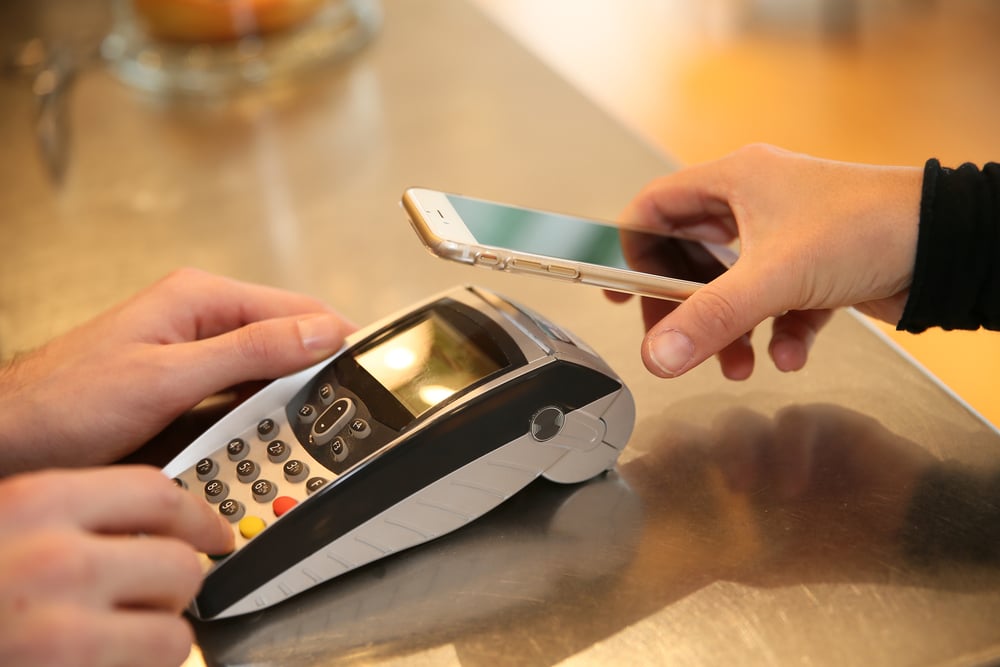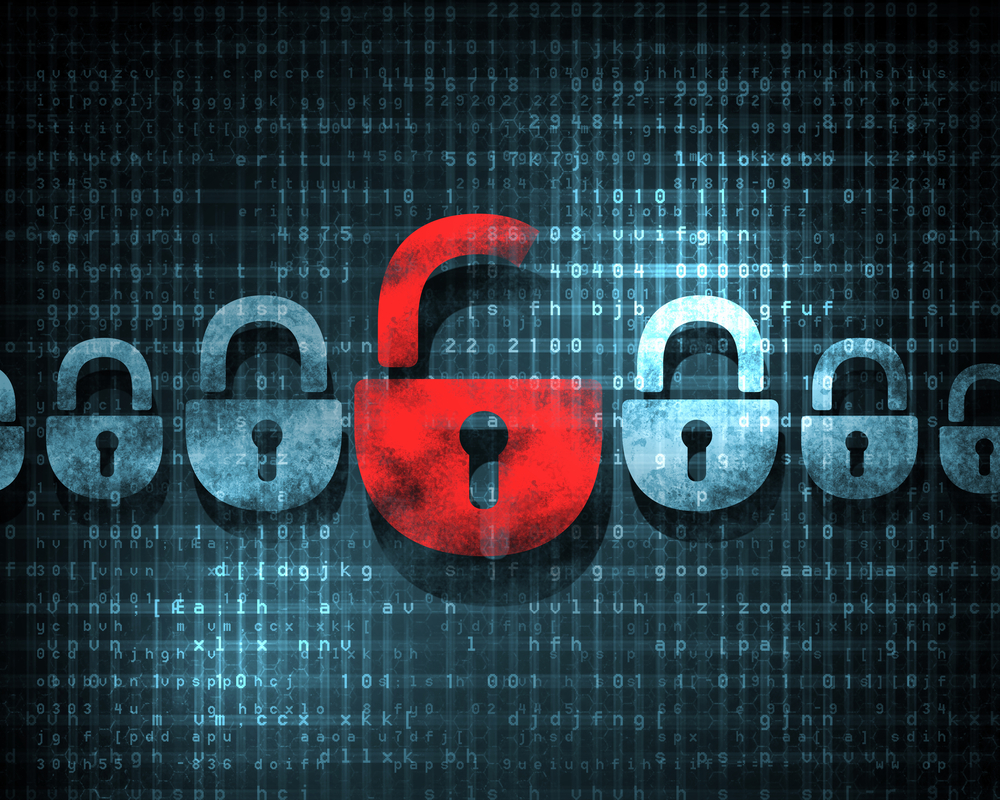Brand Impersonation: why it matters and how to protect your business
by Martin Hodgson on Oct 22, 2024

Brand impersonation has become one of the most common cyber threats, affecting both consumers and businesses. Through phishing scams, email domain spoofing, and typosquatting, cybercriminals imitate trusted brands (or people) to deceive users into giving away sensitive information, making payments, or downloading malware.
What is brand impersonation?
Brand impersonation, also known as brandjacking, is when cybercriminals create fraudulent emails, websites, or social media accounts that mimic trusted brands or people. They often use tactics like phishing or spoofing to trick consumers into believing these fake communications are legitimate. This allows attackers to steal credentials, personal data, or even money from unsuspecting users. These attacks often involve creating fake websites, or typosquatting—registering domains with minor spelling errors to deceive users into thinking they’re on legitimate sites. A report by Outseer highlighted that brand impersonation attacks rose by 274% in the third quarter of 2021 compared to the previous year.
Exploited vulnerabilities in brand impersonation?
These attacks leverage the reputation and trust established by well-known brands and people. Phishing emails and fake websites trick users into entering login credentials or financial information, believing they are interacting with a trusted organisation. Attackers also use typosquatting, registering domains with minor misspellings of a brand’s legitimate URL, to mislead users. For example, cybercriminals might create a fraudulent website that looks like a bank’s login page or send phishing emails pretending to be from a brand like Amazon or Microsoft, asking users to verify their account or make urgent payments.
Email Domain Spoofing: Criminals send emails that appear to be from trusted sources, tricking victims into clicking malicious links.
Phishing Websites: Fake websites mimic legitimate brands, prompting users to enter personal information.
Typosquatting: Criminals register misspelled versions of brand domains to deceive visitors.
Why Brand Impersonation Matters
For businesses, the cost of brand impersonation can be devastating. Not only can it result in financial loss due to scams, but it can also erode customer trust and damage your brand's reputation. According to Outseer, nearly half of all cyberattacks worldwide now involve brand abuse, and this can severely impact customer engagement and long-term profitability.
The consequences of doing nothing can be significant. Consumers may become less likely to trust your digital channels—whether it’s responding to a legitimate marketing email, engaging with social media, or downloading a genuine app—because of previous bad experiences. Brand impersonation can directly reduce customer confidence and revenue generation. UK Finance also reported £177.6 million in losses from impersonation scams in 2022 with 45,367 cases reported, underlining the growing scale of this cyber threat.
UK ransomware and phishing attack examples
- London Hospitals Cancel Operations: A ransomware attack on pathology supplier Synnovis led to the cancellation of over 1,600 procedures, disrupting patient care and exposing sensitive NHS data.
- 150,000 Scottish Patients Informed of Data Theft: NHS Dumfries and Galloway fell victim to ransomware, with attackers leaking 3TB of personal information online.
- UK Secondary School Forced to Close: The Billericay School was forced to shut down due to a cyberattack, potentially exposing student and parent data.
- Leicester City Council Shuts Down IT Systems: A ransomware attack published highly sensitive council data, leaving citizens vulnerable to further cyber threats.
- Manchester Cyber-Attack: A housing provider’s website was taken offline after a phishing attack exposed users to scams.
These incidents highlight the damaging effects of ransomware and phishing attacks. They not only disrupt operations but also compromise large amounts of sensitive data, causing reputational damage.
What can I do about it?
Protecting your business from brand impersonation requires a multi-layered approach:
- Domain security and monitoring: Use DMARC, SPF, and DKIM protocols to authenticate your email domains, making it harder for attackers to spoof your emails.
- Monitor digital channels: Use cyberattack intelligence services to track brand mentions and detect typosquatting or fake websites.
- Employee and customer education: Train your staff and customers to recognise phishing attempts, suspicious links, and email headers.
- Advanced security tools: Use tools that identify unusual activity and phishing attempts, alerting your team to potential threats in real time.
- Regular audits: Conduct regular audits of your digital infrastructure and set up proactive monitoring to catch impersonation attempts early.
What happens if I do nothing?
Ignoring the risks of brand impersonation leaves your business exposed to significant losses in both revenue and reputation. The increasing use of phishing scams, fraudulent apps, and spoofed websites targeting well-known brands shows that no business is safe.
Customers are more likely to abandon brands they cannot trust, and future marketing efforts may be hampered if consumers are reluctant to engage with your communications. This creates a downward spiral of lost business, legal costs, and reputation damage.
What Does Good Look Like?
Best practices for protecting your business include:
- Implementing robust digital identity solutions like EV SSL certificates for websites, which verify your company’s identity.
- Regularly monitoring for brand impersonation threats and ensuring rapid takedown of fraudulent domains, websites, or social media accounts.
- Using DMARC enforcement to verify the legitimacy of your email, instructing receivers what to do with unauthorised impersonation - quarantine or reject the message.
- Regularly educating both employees and customers on how to spot and report phishing attempts or brand abuse.
By proactively addressing brand impersonation risks, businesses can build stronger digital trust with customers, protect against cyber threats, and avoid the severe financial and reputational damage caused by these increasingly common attacks.
Conclusion
Brand impersonation is not just an IT issue—it’s a business-critical problem that requires attention from leadership. Investing in proper cybersecurity measures, maintaining email domain security, and educating both customers and staff about the risks of phishing can significantly reduce the impact of brand abuse. The costs of inaction are too high, especially as brand impersonation continues to grow as a favoured tactic for cybercriminals worldwide. Stay ahead of the threat and safeguard your brand today.
You might be interested in our portfolio of solutions
You May Also Like
These Related Stories

Become PCI DSS v4 Compliant with Conosco EDS
The Payment Card Industry Data Security Standard (PCI DSS) is an internationally recognised information security standar …

What are the biggest cyber threats to your business?
You’re no doubt aware of common cyber threats such as viruses and malware. They’ve been around almost as long as the int …

Building Cyber Resilience: A Strategic Imperative for Future-Fit Businesses
The inevitability of cyber attacks necessitates a shift from defence to a proactive and comprehensive approach—cyber res …


